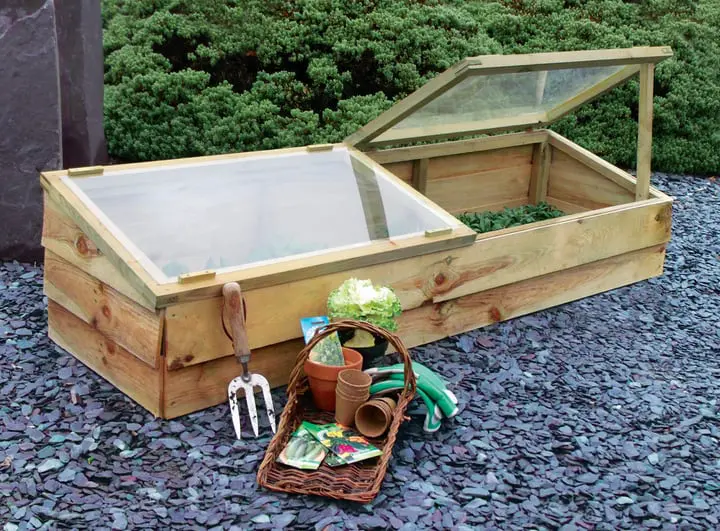
Winter gardening is a great way to make the most out of your garden during the colder months. Many people think gardening ends when the first frost arrives, but that’s not the case! There are plenty of winter gardening options that allow you to grow cold-hardy plants, flowers, and even some vegetables, all while enjoying the beauty of winter.
What is Winter Gardening?
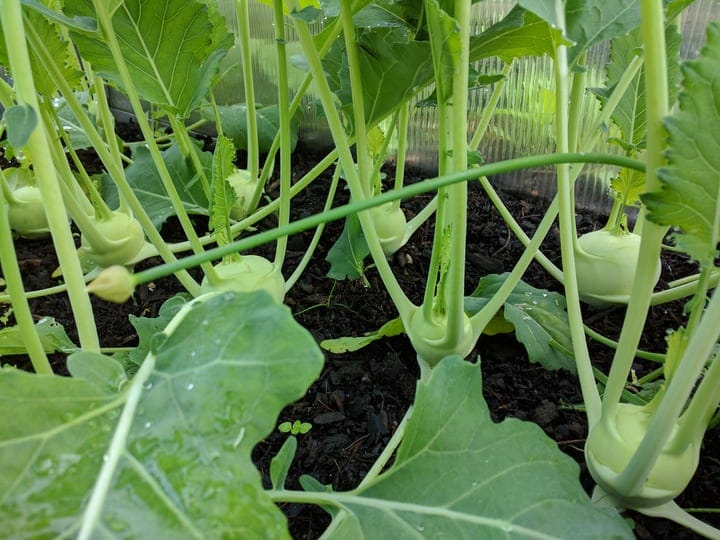
Winter gardening is about growing plants that can survive and thrive in cold weather. These plants can often be planted late in the year and reach maturity before the harsh cold sets in. It’s all about timing and picking the right plants. Winter gardening doesn’t mean planting things in the dead of winter. It’s about getting prepared in advance so that your garden can flourish during the colder months.
Important: Winter gardening isn’t about growing plants inside pots in your home (although that’s a great option too!). We’re talking about getting your outdoor space ready for winter-friendly plants. If you live somewhere with heavy snowfalls, your winter gardening might involve extra steps like building cold frames or even using greenhouses.
How to Make the Most of Your Garden in Winter
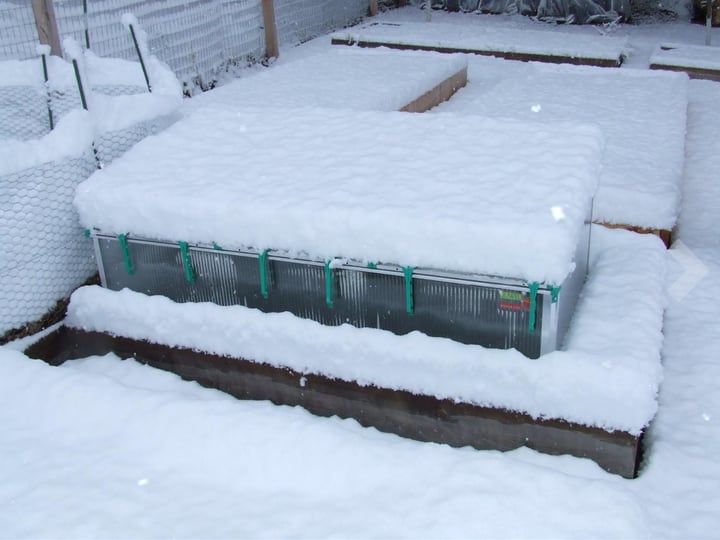
While many gardens aren’t designed with winter in mind, you can still prepare your garden to thrive through the colder months. It’s simpler than it sounds!
1. Mulch
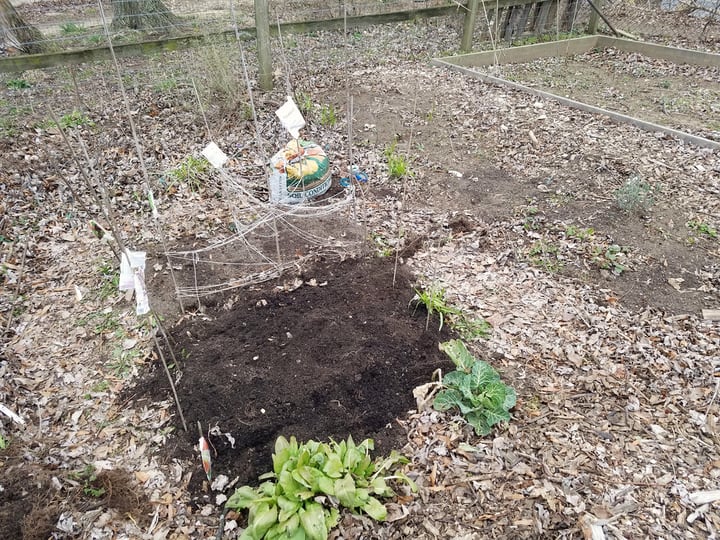
Mulch is your best friend during winter gardening. It helps protect plant roots from freezing and keeps the soil insulated. It’s also very affordable and easy to apply. You can use bark, straw, or loose organic materials. Make sure you have enough mulch, especially if you’re in a place where winters are harsh.
2. Cold Frames
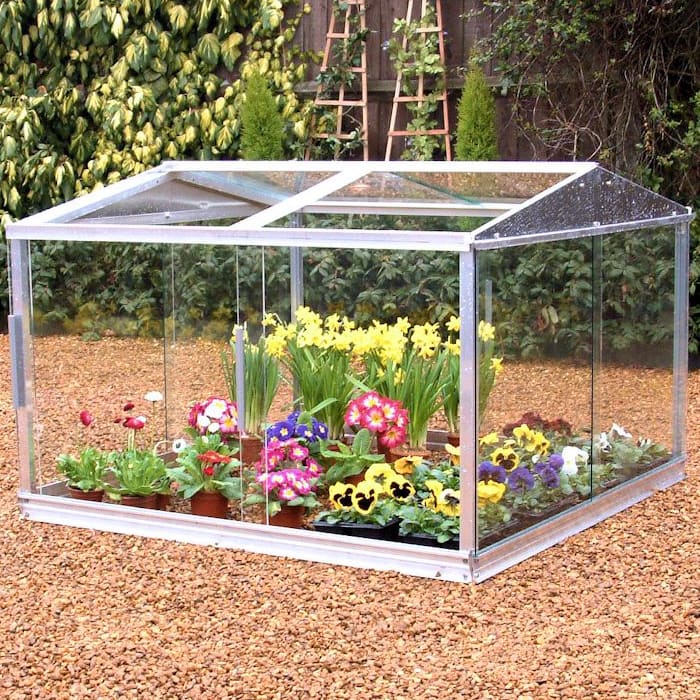
Cold frames are like mini greenhouses for your plants. They’re a great way to shield plants from snow and frost while still letting in sunlight. Cold frames are easy to make at home using wood for the walls and transparent roofing. You can place them anywhere that gets sunlight, preferably near a wall or fence.
3. Hoop Tunnels
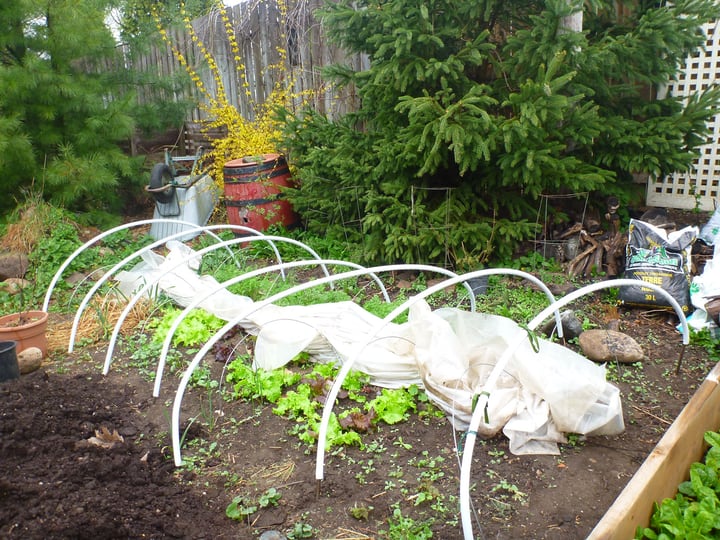
Hoop tunnels, also known as quick hoops, are another way to protect your plants. These are low tunnels made from a metal structure wrapped in clear plastic. They provide a greenhouse-like environment but are much simpler to set up. If you want something more spacious than a cold frame, hoop tunnels are perfect, especially for larger plants. You can also use them for seedling protection during the transition from indoors to outdoors.
4. Hot Beds

Hot beds are a traditional yet effective winter gardening method. They use fresh, strawy manure as a heat source. As the manure breaks down, it generates heat, which keeps plants warm and accelerates growth. It’s great for vegetables you want to grow quickly in winter. You can make your hot bed from old containers or wooden frames—just make sure the manure layer is deep enough to generate heat.
5. Greenhouses
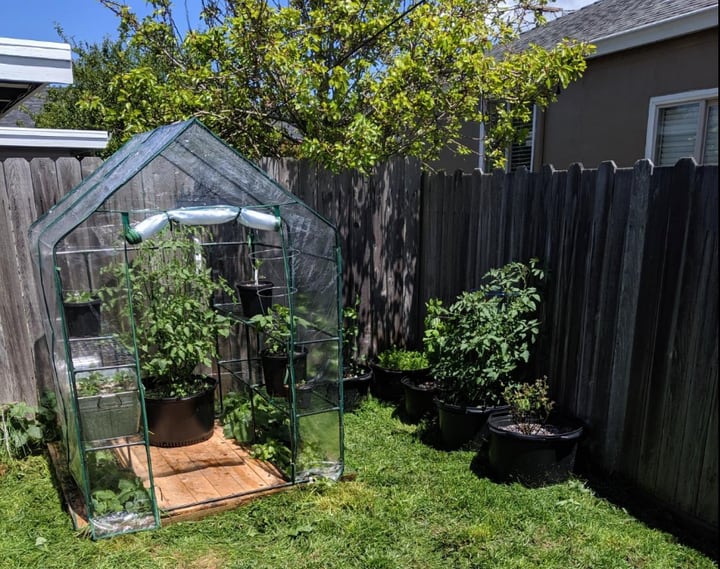
If you’re looking for the most reliable winter gardening method, a greenhouse is the way to go. It provides an ideal environment for growing plants, with temperature control and protection from the elements. While a full-fledged greenhouse can be expensive, there are affordable options like plastic film or PVC that you can use to build one. Even a small greenhouse can make a huge difference for winter gardening.
Popular Winter Gardening Ideas
:max_bytes(150000):strip_icc()/GettyImages-179083681-3cc7fc38e1aa4f4b9c08b64424a3304d.jpg)
Now that you know the basics, let’s dive into some specific ideas to make your winter garden bloom.
Raised Bed Winter Gardening Ideas
Raised beds are a great way to grow winter plants, and you can easily combine them with cold frames or hoop tunnels to create an effective gardening setup. Raised beds are relatively easy to build and maintain, and they make winter gardening more accessible for people with limited space.
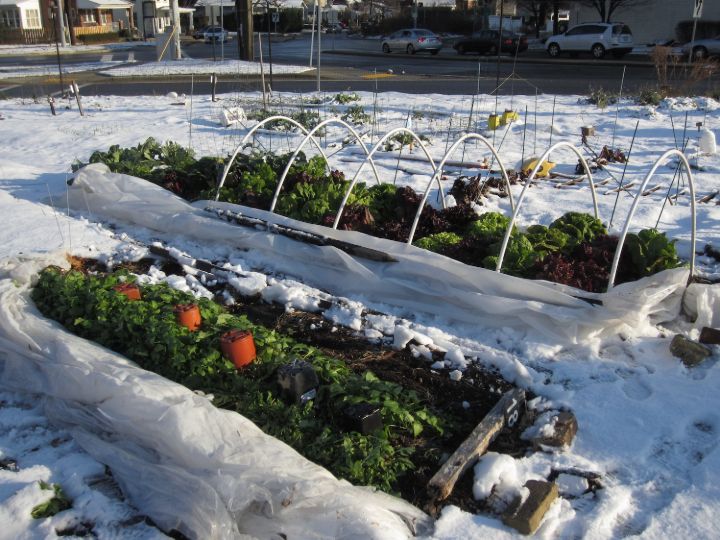
- Hoop Tunnel for Raised Bed Gardening
If you want to grow leafy greens or veggies in a raised bed, you can use hoop tunnels to protect your plants from harsh conditions while still allowing them to get sunlight. This is perfect for anyone looking for a versatile winter gardening setup.
By choosing the right plants, using cold frames or hoop tunnels, and adding mulch, you can easily extend your growing season and enjoy a thriving winter garden!Tools
Winter Garden FAQs
1. What are the best plants for a winter garden?
Certain plants thrive in colder conditions and can continue to grow throughout the winter:
- Kale: A hardy green that thrives even in freezing temperatures.
- Spinach: Another cold-tolerant leafy green that can survive winter with proper protection.
- Carrots: While they take a while to grow, carrots can be harvested throughout the winter if covered with mulch.
- Brussels Sprouts: These vegetables continue to develop in cool temperatures, making them perfect for a winter garden.
- Garlic: Plant in the fall and harvest in late spring or early summer.
- Winter onions: These grow well in cold conditions and can be harvested throughout the winter months.
2. How do cold frames and hoop tunnels work?
- Cold frames: These are low, transparent structures placed over plants to create a warmer microclimate, protecting them from frost. They are usually built from wood or other materials with a glass or plastic top. Cold frames can allow you to extend the growing season by creating a greenhouse effect, keeping plants safe from extreme cold.
- Hoop tunnels: Made of flexible plastic hoops that create a tunnel, hoop tunnels work similarly to cold frames but are typically larger and can cover entire garden beds. The plastic allows sunlight to warm the air and soil inside, while the structure shields plants from harsh weather.
3. How can I protect my winter garden from frost?
- Use row covers: Lightweight fabrics like floating row covers help trap warmth and protect plants from frost.
- Mulch: Apply a thick layer of mulch (straw, leaves, or grass clippings) around plants to insulate the soil and protect the roots.
- Cold frames and hoop tunnels: These structures are excellent for protecting your plants from frost while providing extra warmth for growth.
- Watering: Watering your garden before a frost can help protect plants, as moist soil retains heat better than dry soil.
4. Can I grow vegetables in the winter?
Yes, many cold-hardy vegetables can be grown during the winter months, especially when using season-extending techniques like cold frames or hoop tunnels. Some popular winter vegetables include:
- Broccoli
- Chard
- Cabbage
- Carrots
- Radishes
- Winter peas
5. What tools do I need to maintain a winter garden?
For a successful winter garden, you’ll need a few specific tools:
- Row covers and fabric: These protect plants from frost and freezing temperatures.
- Cold frame or hoop tunnel: For creating a controlled environment.
- Garden thermometer: To monitor the temperature inside cold frames or hoop tunnels.
- Mulching tools: A rake or hands for applying mulch to your plants.
- Watering equipment: A watering can or drip irrigation system to prevent overwatering in cold weather.
- Hand trowel: For planting, weeding, and harvesting in the winter months.
6. How do I water my winter garden?
Watering your winter garden can be tricky, as too much moisture combined with freezing temperatures can damage plants. Here are some tips:
- Water in the morning when temperatures are warmer, allowing the moisture to absorb before the temperature drops in the evening.
- Use a soaker hose or drip irrigation system to water gently and evenly.
- Avoid watering when frost is expected, as it can freeze in the soil and damage your plants.
7. How do I prevent plants from freezing in a hoop tunnel or cold frame?
To ensure your plants don’t freeze:
- Monitor temperatures regularly, and open the cold frame or hoop tunnel if temperatures rise too high during the day.
- Use an insulated cover for extra protection during extremely cold nights.
- Ventilation: Ensure there is some airflow in the hoop tunnel or cold frame to prevent condensation and mold growth.
8. When should I plant for winter gardening?
For a successful winter garden, timing is key:
- Late summer to early fall is the best time to start planting vegetables that will survive through winter, such as kale, spinach, and carrots.
- Plan ahead: Calculate your area’s first frost date, and make sure your crops are mature enough to survive through the colder months.
9. Can I grow herbs in the winter?
Yes, certain herbs can thrive in winter, particularly those that are hardy to cold weather. Consider growing:
- Thyme
- Parsley
- Chives
- Mint (in containers)
- Cilantro
Using a cold frame or hoop tunnel will help protect these herbs from frost and give them the warmth they need to continue growing.
10. How do I harvest crops in winter?
- Root crops: For crops like carrots and beets, harvest them after the first frost for better flavor. You can also leave them in the ground under a thick layer of mulch and harvest as needed throughout the winter.
- Leafy greens: Harvest leafy greens like spinach and kale regularly, but avoid cutting too many leaves at once to ensure continued growth.
Conclusion
Winter gardening doesn’t have to be a challenge! With the right techniques and tools, such as cold frames, hoop tunnels, and proper mulching, you can extend your growing season and enjoy fresh vegetables, herbs, and flowers well into the colder months. By choosing the right plants, protecting them from frost, and maintaining the proper care, your winter garden can thrive even during the harshest weather. Embrace the beauty and benefits of gardening all year long and enjoy the harvests that come with it! Happy gardening!

